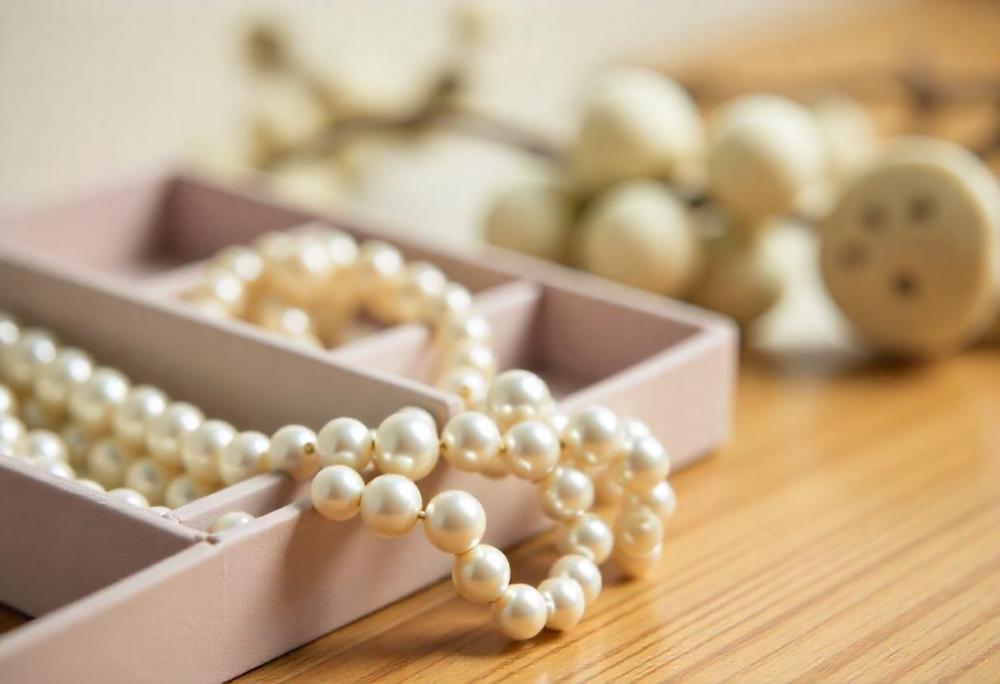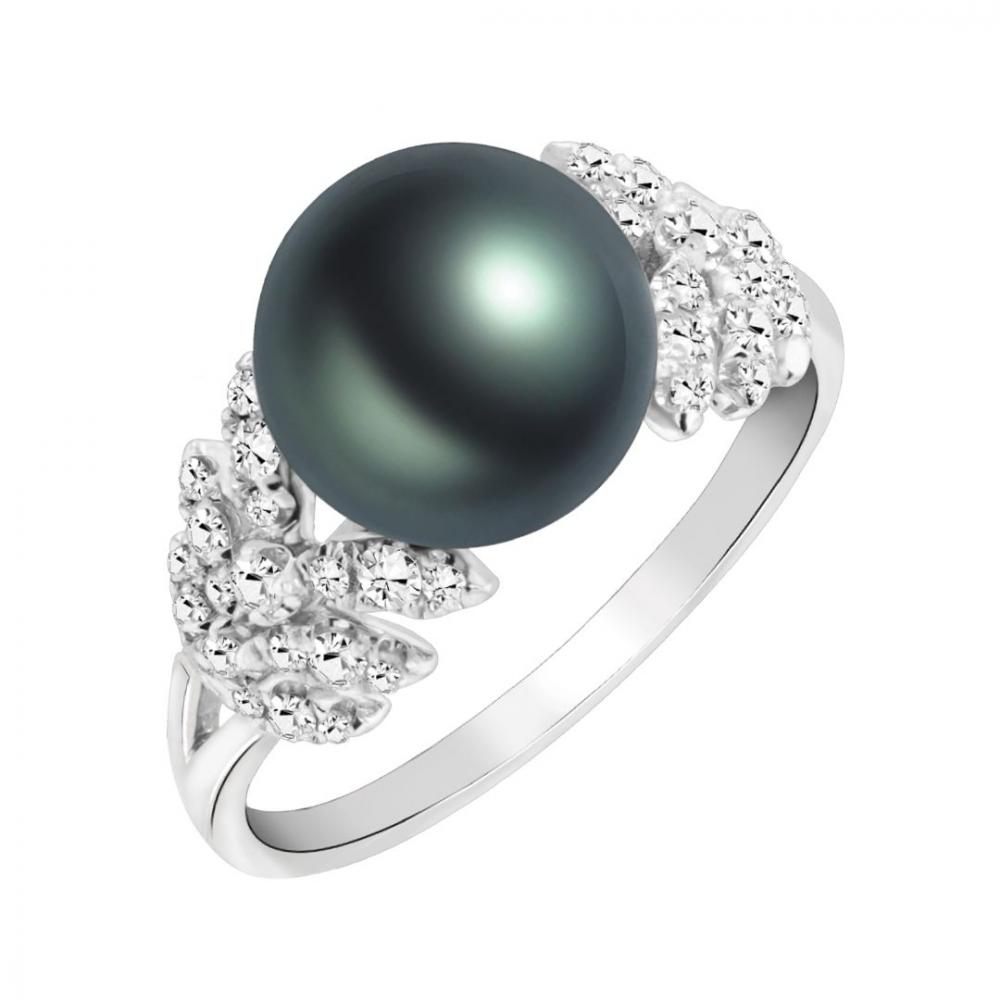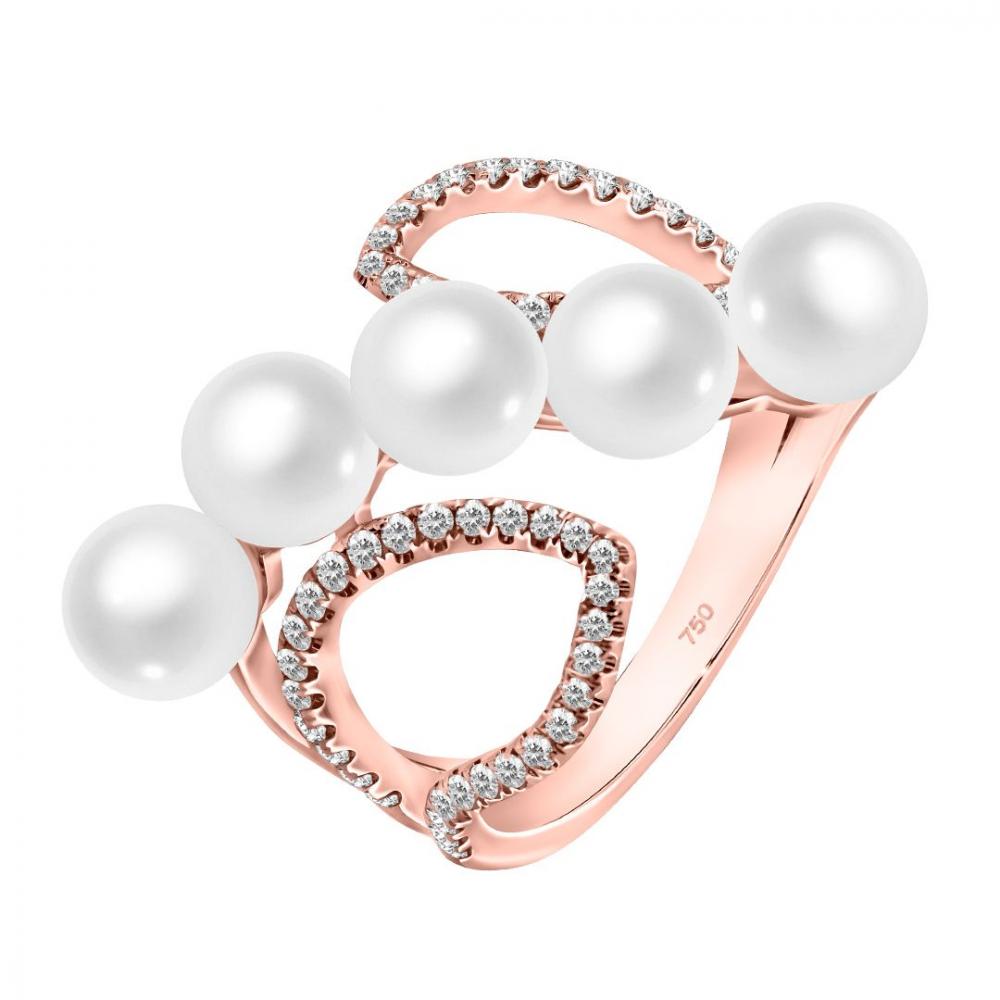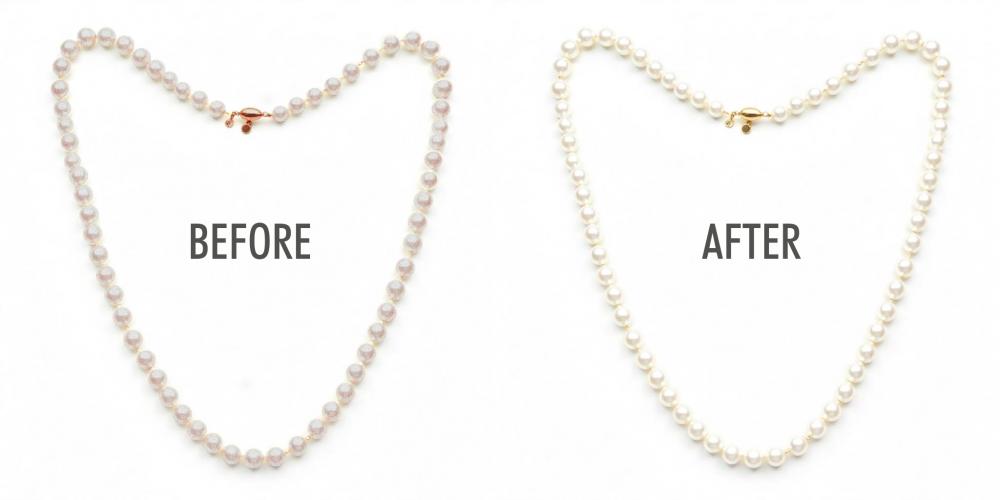How to Clean Pearls at Home
Did you know a pearl needs at least six months to form? As one of the most valuable gems, pearls need proper care and regular cleaning to keep their beauty and luster.
Pearls grow inside mollusks, setting them apart from other gemstones. They come in various shapes and sizes, with their location and harvesting techniques having an impact on their appearance. We'll look into these aspects in the upcoming sections.
This guide will show you the best ways to clean pearls at home while making sure they stay in excellent shape. We'll also point out common cleaning mistakes you should avoid.
Before we get into the cleaning process, let's first get to know the different types of pearls, where they come from, and how people harvest them. This background will help you take better care of your pearl jewelry.
Understanding Different Types of Pearls
There are many types of pearls in this world, and out of them, few stand out because of their distinct characteristics. We’ll discuss some of the most famous and desirable pearl variations in the following.

South Sea Pearls
South Sea pearls are among the rarest and most valuable pearls in the world. They are primarily cultivated in Australia, Indonesia, and the Philippines. These pearls are known for their large size, soft, satiny luster, and thick nacre, which contributes to their durability.

Due to their size and organic composition, South Sea pearls require delicate cleaning with a soft cloth and mild soapy water to maintain their natural radiance. Harsh chemicals or rough handling can diminish their shine and damage their surface.
Tahitian Pearls
Tahitian pearls, often called black pearls, are cultivated in French Polynesia. Despite their name, they come in various exotic shades, including gray, green, blue, and peacock hues, making them highly sought after.

These pearls have a natural resistance to wear but still need careful maintenance to preserve their unique color over time. Avoid exposure to cosmetics, perfumes, and hairsprays, as these substances can cause discoloration or dullness.
Freshwater Pearls
Freshwater pearls are widely available and often more affordable than other types. They are cultivated in lakes and rivers, primarily in China, and are known for their diverse shapes, sizes, and colors.

While they are beautiful and versatile, they are also softer than saltwater pearls, making them more susceptible to scratches. Regular gentle cleaning and proper storage in a soft pouch can help extend their lifespan.
Akoya Pearls
Akoya pearls are the most classic and commonly used pearls in fine jewelry. Cultivated mainly in Japan, these pearls are admired for their high-gloss finish, round shape, and pure white color with subtle overtones.
However, their delicate surface makes them prone to scratches and require extra caution when handling. Wiping them with a soft, dry cloth after wearing them and storing them separately from other jewelry will help maintain their brilliance.
Importance of Caring for Pearl Jewelry
Pearls are unlike other gemstones because they are organic, meaning they are formed inside living oysters. Their composition makes them highly susceptible to damage from chemicals, heat, and even sweat. Proper pearl care is crucial not only for maintaining their beauty but also for ensuring their longevity.

Pearls absorb oils and acids from the skin, which can cause them to lose their luster over time. If they come into contact with perfumes, hairsprays, or harsh cleaning agents, their surfaces can deteriorate. Regular cleaning and proper storage are essential to keeping pearl jewelry in pristine condition.
Best Ways to Clean Pearl Jewelry
Cleaning pearls at home requires a gentle approach. Harsh chemicals and ultrasonic cleaners should never be used on pearls. Instead, follow these seven best ways to clean pearl jewelry safely.

- Wipe After Every Use – Always use a soft, damp cloth to gently wipe the pearls after wearing them. This helps remove oils, dirt, and sweat that can dull their luster over time.
- Use Mild Soap and Water – For deeper cleaning, prepare a mild soap solution using lukewarm water and a few drops of gentle dish soap. Dip a soft cloth into the solution and carefully wipe each pearl, avoiding excessive moisture on the silk thread.
- Avoid Soaking Pearls – Never submerge pearl jewelry in water. Soaking can weaken the silk thread, leading to breakage and damage to the pearls.
- Rinse with a Damp Cloth – Instead of rinsing under running water, use a separate damp cloth to wipe away any soapy residue from the pearls. This prevents unnecessary exposure to moisture.
- Lay Flat to Dry – After cleaning, place the pearls on a soft towel and allow them to air dry completely before storing. Avoid using heat sources like hairdryers, as they can damage the pearls.
- Store Properly – Keep pearl jewelry in a soft cloth pouch or a jewelry box with a fabric lining to prevent scratches. Storing pearls separately from other jewelry helps maintain their smooth surface.
- Wear Them Regularly – Pearls absorb natural moisture from the skin, which helps maintain their luster. Wearing them often prevents them from drying out and becoming brittle.
Common Mistakes to Avoid When Cleaning Pearl Jewelry
Avoiding common mistakes when cleaning pearls is essential to maintaining their beauty and longevity. Here are five mistakes to steer clear of:
- Using Harsh Cleaning Solutions – Pearls are highly sensitive to chemicals like vinegar, ammonia, and bleach. These substances can erode their delicate surface, leading to permanent damage and loss of luster.
- Scrubbing with Abrasive Materials – Many assume that using a toothbrush or scrubbing pad will clean pearls more effectively, but these rough materials can scratch their delicate surface, diminishing their shine.
- Soaking Pearls in Water – Submerging pearl jewelry in water weakens the silk thread, increasing the risk of breakage. Instead, use a damp cloth to gently clean them without exposing them to excessive moisture.
- Storing Pearls in Airtight Containers – Pearls need air and moisture to maintain their natural beauty. Storing them in airtight containers can dry them out, leading to cracks and a dull appearance.
- Using Heat or Direct Sunlight for Drying – Heat sources like hairdryers or prolonged exposure to sunlight can dehydrate pearls, making them brittle and more prone to damage. Always let them air dry naturally on a soft cloth.
When to Seek Professional Help for Your Pearls
While home cleaning methods work well for regular maintenance, some situations require professional cleaning. If your pearls appear dull despite proper care or if the silk thread holding them together looks worn, it may be time to take them to a jeweler.
Professional jewelers have specialized equipment and expertise to clean pearls without damaging them. They can also restring pearl necklaces and bracelets to ensure they remain secure and beautiful.
Where Can You Find the Best Pearl Jewelry in Dubai?
Dubai is one of the best places in the world to buy pearl jewelry, with several shopping areas dedicated to fine jewelry. If you're new to the city, start your search in Dubai Gold Souk, where you'll find a variety of pearl jewelry at competitive prices. For a more upscale experience, visit The Dubai Mall and Mall of the Emirates, which house some of the world's most renowned jewelry brands.
When looking for high-quality pearls, make sure to visit Lifestyle Fine Jewelry, known for its exceptional craftsmanship and certified pearl collections. Other notable jewelers include Damas Jewelry, offering elegant pearl pieces, and Mouawad, which specializes in luxury pearl designs. Jawhara Jewelry and Malabar Gold & Diamonds also provide stunning pearl options, combining tradition with modern styles.
Whether you’re searching for a classic pearl necklace, timeless earrings, or a unique custom piece, Dubai’s jewelry stores offer something for everyone.
FAQs
1. How often should I clean my pearl jewelry?
You should wipe your pearls with a soft cloth after each wear and deep clean them every few months to maintain their luster.
2. Can I use vinegar to clean pearls?
No, vinegar is acidic and can damage the surface of pearls, causing them to lose their shine.
3. How should I store my pearls?
Store pearls in a soft pouch or a jewelry box with a felt lining to prevent scratches. Avoid keeping them in airtight containers.
4. Can I wear pearls every day?
Yes, but make sure to clean them regularly and keep them away from harsh chemicals like perfumes and hairsprays.
5. What should I do if my pearl necklace string looks worn out?
If the string appears stretched or frayed, take your pearls to a professional jeweler for restringing.
Conclusion
Caring for pearls requires patience and attention, but with the right cleaning methods, you can preserve their beauty for generations. By following this guide on how to clean pearls, avoid common mistakes, and seek professional help when needed, your pearl jewelry will always remain elegant and timeless.
Whether you own South Sea, Tahitian, Freshwater, or Akoya pearls, regular maintenance will ensure that they continue to shine and add sophistication to your collection.
If you liked this, you might love reading the following.


